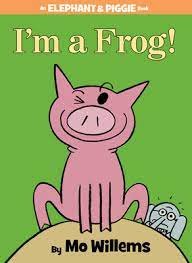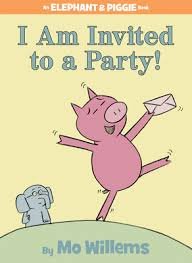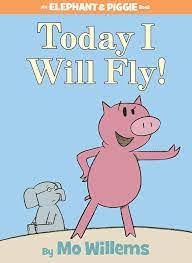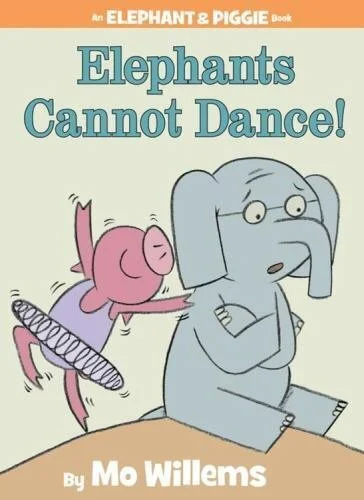Giggles: A Theater Prompt to Complete the Creative Prompt Trilogy
A squiggle is a quick and easy art prompt. A wiggle is an equally quick and easy writing prompt. When James Witmer, from Story Warren, made plans to publish my articles about squiggles and wiggles, he quipped that a trilogy would be fun and wondered if I had any idea what a giggle might be. A trilogy would be cool, I thought, but I don’t know what a gig–wait! I do know what a giggle is!...kind of… I didn’t have the details worked out, but I knew at that moment what was missing from this collection of quick and easy creative prompts – a theater prompt.
The only question was…which theater prompt?
Squiggles and wiggles are both tried and tested activities in our family. We know they work and we know they’re fun. I wanted giggles to likewise be something we can vouch for with confidence, so I approached my kids with this question;
“What is a theater prompt or game we have done that should have been called a giggle but wasn’t?”
Option #1
The first response was charades. Yes, we played a lot of charades when the kids were little. We even had a deck of cards that had charades suggestions on it, both words and also pictures for the non-reading crew. (For those in the toddler and preschool years, sound was even allowed because how else can you distinguish a cow from all the other four-legged animals without letting loose a big “mooo?”) Whether you have a deck of cards or not, charades is definitely a quick and easy theater prompt, but it already has a name and we probably shouldn’t mess with a time honored name like charades.
Option #2
The second response was acting out picture books. Many stories have been acted out in our living room–some on the spot for a quick comprehension check and a quick laugh and others with rehearsing, memorizing, costumes, set design, and inviting Daddy and the grandparents to come and watch. Some of those shows we even took on the road and performed at a local nursing home. While we can attest to the fun and benefit of Living Room Productions (someday I hope to publish a curriculum guide by that title), they are not necessarily quick and easy (hence the need for a curriculum guide). However, I can recommend one book series that can be acted out with no prep and no fuss; Elephant and Piggie Books by Mo Willems.
Read them once, assign roles (usually just 2, sometimes more), and take to the stage (or living room rug). I’ve done this with my kids as well as at theater camp and the huge range of emotions expressed by Gerald and Piggie give the kids lots to work with and almost guarantees lots of giggles.
But is that what a giggle is? Acting out Elephant and Piggie books? Perhaps yes, perhaps no?
Option #3
Or maybe it is playing any one of these theater games:
Flip: Two kids begin acting out a scene, preferably with lots of dramatic physical movement. The rest of the group watches until one observer sees an opening and yells, “Flip.” The two actors freeze. The newcomer taps one of the frozen actors on the shoulder and assumes their body position while the frozen actor steps out of the scene. The newcomer then starts the action, “flipping” the scene to something else. For example, if the first actor had been holding out her arms about to give someone a hug, the “flipper” might assume that position but then start the scene as someone carrying a giant pumpkin. The other original actor, who was perhaps poised to receive the hug, must react and join in the new scene, perhaps as someone helping to carry the giant pumpkin to the fair in hopes of a blue ribbon. That scene can progress for 30 seconds or so until another observer yells, “Flip!” and changes it again. This one brings awareness to the physicality involved in acting and gets kids thinking on their feet. And it is fun!
Taxi: Set up four chairs as if they are the front and back seats of a car. Have four people take a seat and pretend they are in a taxi together. The driver speaks, conveying a strong emotion or personality trait; nervous, neat-freak, excited, tired, hungry, distraught, etc. The other three are challenged to adopt that characteristic or emotion as well and display it through their dialogue and body language. After 30 seconds or so, an observer approaches and says, “Let me drive this car.” Everyone shifts over a spot to make room while one of the backseat passengers slides out saying, “I guess I’m outta here.” The new driver sets the new tone and the scene continues. This one is good for helping kids identify and express emotions. And it is fun!
Create a Scene: This is like charades but for a group. Challenge a group of kids of any size to silently create a scene; a waiting room at a doctor’s office, a park, a circus and see if someone not in the group can quickly figure out what is being portrayed. This one requires teamwork and builds skills for ensemble acting. And it is fun!
Which Character?: Provide participants with a scenario such as the first day of school or getting a shot. Allow them to pick a movie character. The challenge is then to present a short speech (a monologue) as that character, communicating how that character would respond to that situation. See if the rest of the group can guess who they are portraying. This gets them into the head of the character they are playing, an important skill in acting. And it is fun!
Conclusion?
So many fun options–charades, picture books, theater games! I don’t think I can limit the term giggle to any one option. Try them out and see which one works best for your family. Which one is quickest, easiest and makes you giggle the most. That activity will be your giggle. Follow it up with a squiggle and a wiggle to complete the creative trilogy and watch your kids blossom as imaginative artists, writers, and actors.





